Anacardium occidentale L. |
| |
|
|
Botanical Name |
: |
Anacardium occidentale L. |
English
Name |
: |
Cajueiro, Cashew-nut |
Synonym(s) |
: |
Acajuba occidentalis, Anacardium microcarpum, Cassuvium pomiverum |
Family |
: |
Anacardiaceae |
| |
General Info
| Description |
 |
|
A small tree to 12 m tall. The leaves are alternate, simple, entire, obtuse, and borne on short leaf-stalks. The flowers are very numerous, small, and fragrant; they are produced in terminal, loose panicles. Sepals 5; petals 5; stamens 10; ovary one-locular, one-ovulate, style simple; fruit a reniform achene, about 3 cm long, 2.5 cm wide, attached to the distal end of an enlarged pedicel and hypocarp, called the cashew-apple; this shiny, red or yellowish, pear-shaped, soft, juicy, 10–20 cm long, 4–8 cm broad. |
| Herb Effects |
 |
|
Antiseptic, antidysenteric, antibacterial, antiulcerous, astringent |
Chemistry
| Active Ingredients |
 |
|
Alpha-linolenic acid, anacardic acid, arginine, aspartic acid, beta-sitosterol, folacin, gallic acid, glutamic acid, glycine, histidine, isoleucine, lauric acid, linoleic acid, methionine, myristic acid, naringenin, oleic acid, palmitic acid, palmitoleic acid, pantothenic acid, phenylalanine, squalene, stearic acid, tocopherol, tryptophan, tyrosine (seed); ascorbic acid, beta-carotene, niacin, riboflavin, thiamin (fruit, leaf, seed); benzaldehyde, limonene, salicyclic acid (fruit); tannin (bark) |
| Chemistry
of Active Ingredients |
 |
|
|
 |
Name |
CAS# |
IUPAC Name |
Formula |
Structure |
 |
|
| alpha-Linolenic acid |
94138-91-7 |
octadeca-9,12,15-tri
enoic acid |
C18H30O2 |

|
| Anacardic acid |
16611-84-0 |
2-hydroxy-6-pentadec
yl-benzoic acid |
C22H36O3 |
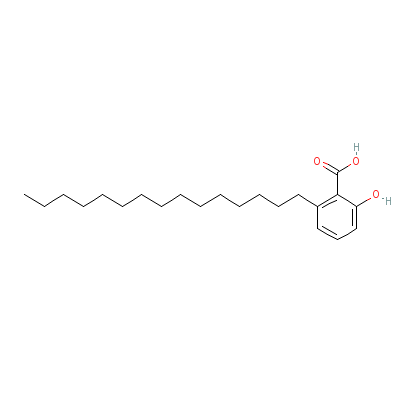
|
| Arginine |
7004-12-8 |
2-amino-5-guanidino-
pentanoic acid |
C6H14N4O2 |
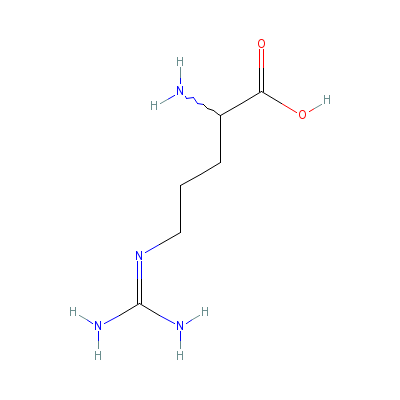
|
| Aspartic acid |
6899-03-2 |
2-aminobutanedioic
acid |
C4H7NO4 |
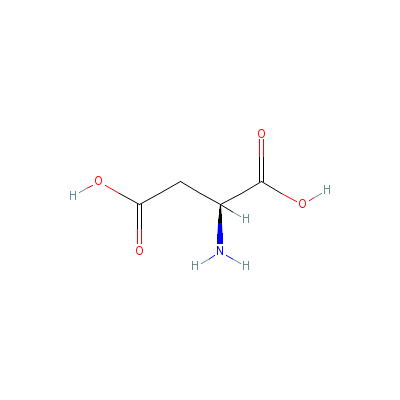
|
| Beta-sitosterol |
5779-62-4 |
17-(5-ethyl-6-methyl
-heptan-2-yl)-10,13-
dimethyl-2,3,4,7,8,9
,11,12,14, |
C29H50O |
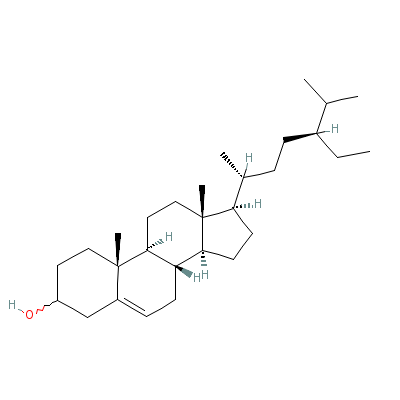
|
| Folacin |
6484-89-5 |
2-[4-[(2-amino-4-oxo
-1H-pteridin-6-yl)me
thylamino]benzoyl]am
inopentane
dioic
acid |
C19H19N7O6 |
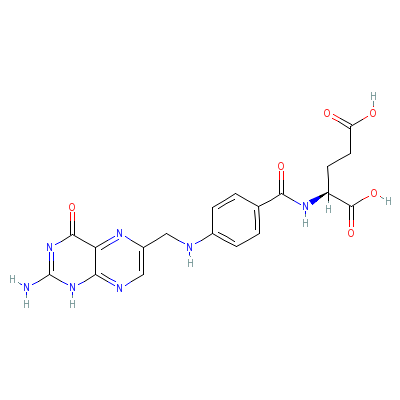
|
| Gallic acid |
149-91-7 |
3,4,5-trihydroxybenz
oic acid |
C7H6O5 |
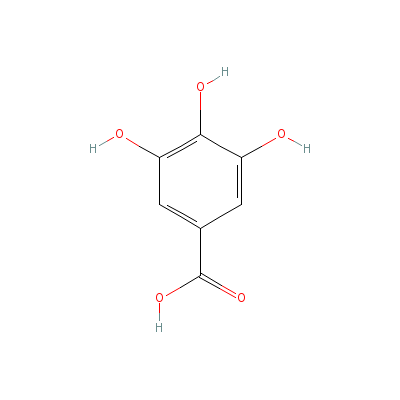
|
| Glutamic acid |
Not Available |
2-aminopentanedioic
acid |
C5H9NO4 |
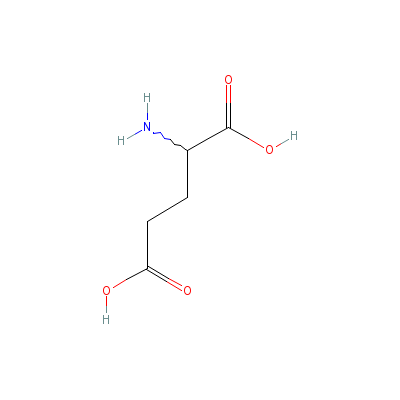
|
| Glycine |
87867-94-5 |
2-aminoacetic acid |
C2H5NO2 |
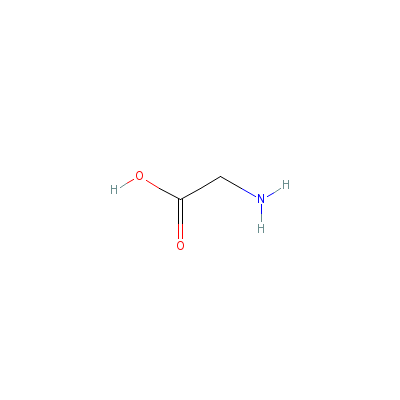
|
| Histidine |
6027-02-7 |
2-amino-3-(3H-imidaz
ol-4-yl)propanoic
acid |
C6H9N3O2 |
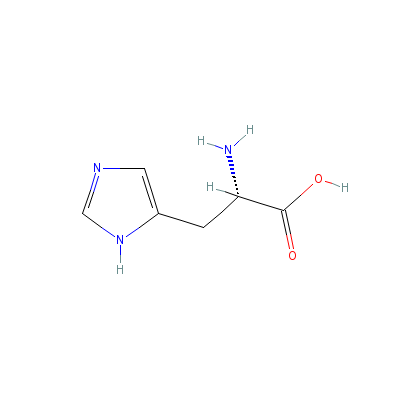
|
| Isoleucine |
319-78-8 |
2-amino-3-methyl-pen
tanoic acid |
C6H13NO2 |
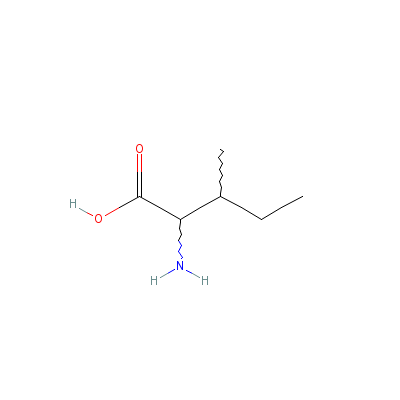
|
| Lauric acid |
8045-27-0 |
Dodecanoic acid |
C12H24O2 |
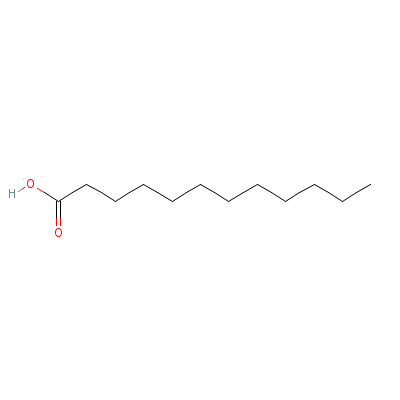
|
| Linoleic acid |
8024-22-4 |
Octadeca-9,12-dienoi
c acid |
C18H32O2 |
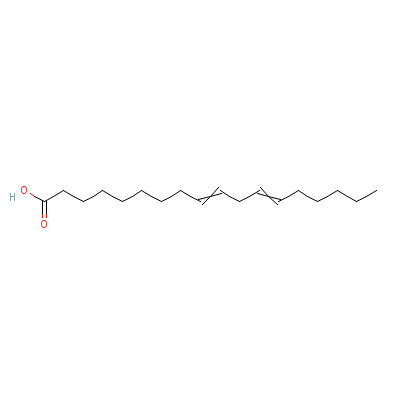
|
| Methionine |
348-67-4 |
2-amino-4-methylsulf
anyl-butanoic acid |
C5H11NO2S |
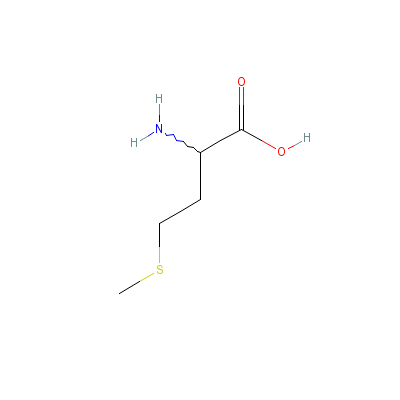
|
| Myristic Acid |
Not Available |
Hexane |
C6H14 |

|
| Naringenin |
Not Available |
5,7-dihydroxy-2-(4-h
ydroxyphenyl)-chroma
n-4-one |
C15H12O5 |

|
| Oleic acid |
8046-01-3 |
octadec-9-enoic acid |
C18H34O2 |
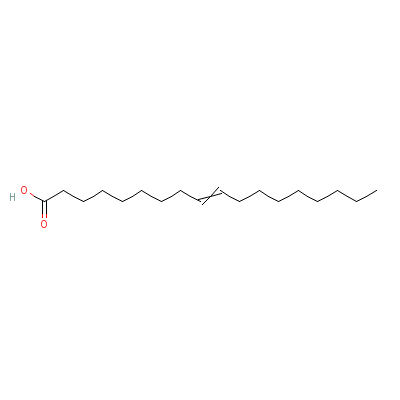
|
| Palmitic acid |
66321-94-6 |
Hexadecanoic acid |
C16H32O2 |
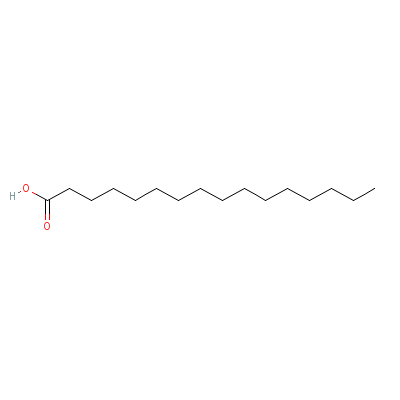
|
| Palmitoleic acid |
2091-29-4 |
(E)-hexadec-9-enoic
acid |
C16H30O2 |
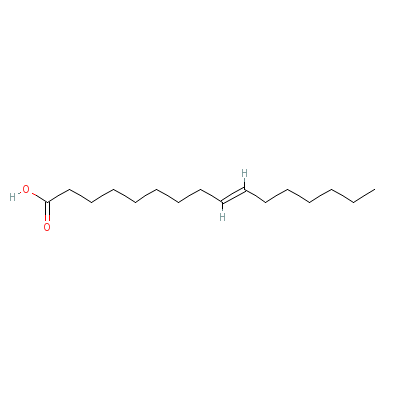
|
| Pantothenic acid |
599-54-2 |
3-[(2,4-dihydroxy-3,
3-dimethyl-butanoyl)
amino]propanoic acid |
C9H17NO5 |

|
| Phenylalanine |
3617-44-5 |
2-amino-3-phenyl-pro
panoic acid |
C9H11NO2 |

|
| Squalene |
94016-35-0 |
(6E,10E,14E,18E)-2,6
,10,15,19,23-hexamet
hyltetracosa-2,6,10,
14,18,22-h
exaene |
C30H50 |
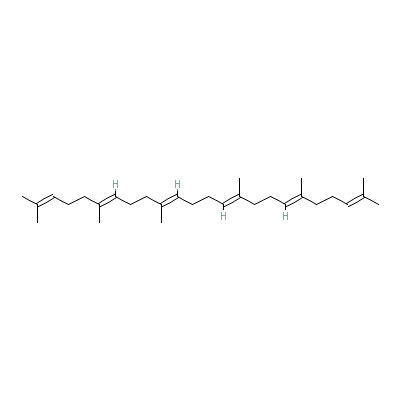
|
| Stearic acid |
82497-27-6 |
octadecanoic acid |
C18H36O2 |

|
| Tocopherol |
59-02-9 |
2,5,7,8-tetramethyl-
2-(4,8,12-trimethylt
ridecyl)chroman-6-ol |
C29H50O2 |
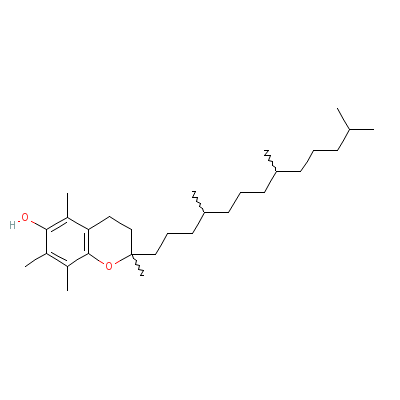
|
| Tryptophan |
80206-30-0 |
2-amino-3-(1H-indol-
3-yl)propanoic acid |
C11H12N2O2 |

|
| Tyrosine |
556-02-5 |
2-amino-3-(4-hydroxy
phenyl)-propanoic
acid |
C9H11NO3 |
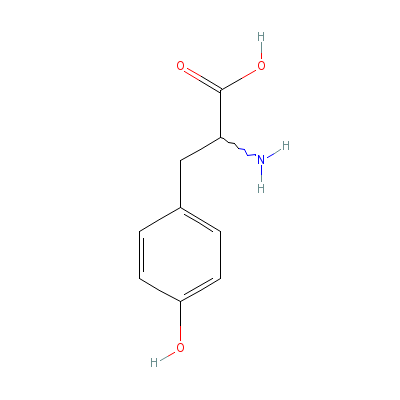
|
| Ascorbic Acid |
Not Available |
2-(1,2-dihydroxyethy
l)-4,5-dihydroxy-fur
an-3-one |
C6H8O6 |

|
| beta-Carotene |
Not Available |
3,7,12,16-tetramethy
l-1,18-bis(2,6,6-tri
methyl-1-cyclohexeny
l)-octadec
a-1,3,5,
7,9,11,13,15,17-nona
ene |
C40H56 |

|
| Niacin |
99148-57-9 |
Pyridine-3-carboxyli
c acid |
C6H5NO2 |
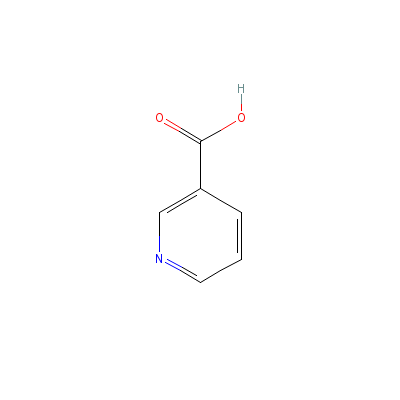
|
| Riboflavin |
Not Available |
Not Available |
C17H21N4O9P |
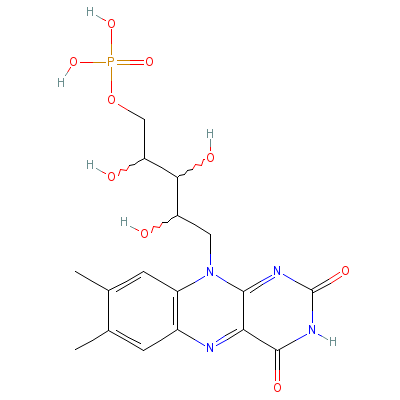
|
| Thiamin |
59-43-8 |
2-[3-[(4-amino-2-met
hyl-pyrimidin-5-yl)m
ethyl]-4-methyl-1-th
ia-3-azoni
acyclope
nta-2,4-dien-5-yl]et
hanol |
C12H17N4OS+ |

|
| Benzaldehyde |
100-52-7 |
benzaldehyde |
C7H6O |
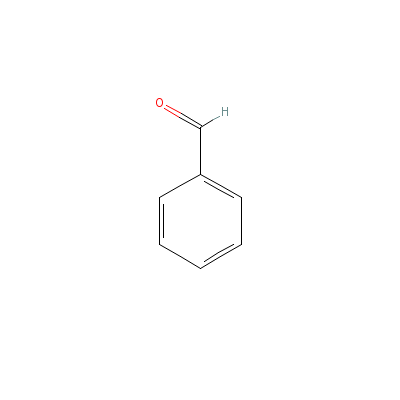
|
| Limonene |
9003-73-0 |
1-methyl-4-prop-1-en
-2-yl-cyclohexene |
C10H16 |
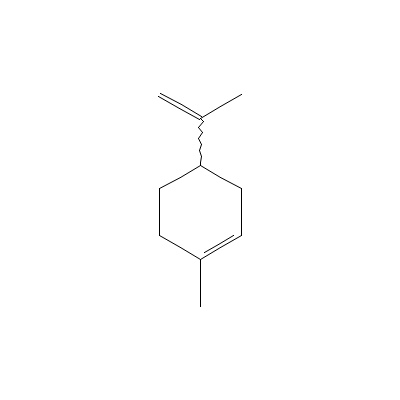
|
| Salicylic acid |
8052-31-1 |
2-hydroxybenzoic
acid |
C7H6O3 |
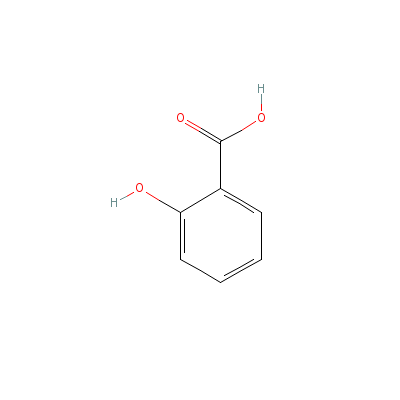
|
| Tannin |
1401-55-4 |
Not Available |
C27H22O18 |
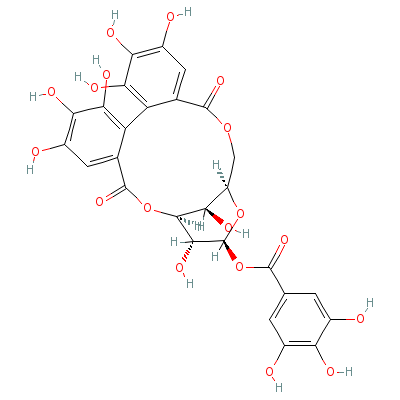
|
|
Pharmacology
| Medicinal Use |
 |
|
For diarrhea, dysentery, colic, as an internal and external antiseptic against bacterial infections, for all kinds of stomach ulcers, for ear and eye infections and
to stop bleeding and heal wounds. For calluses, corns, and warts, cancerous ulcers, and even elephantiasis (fruit bark juice and the nut oil); dysentery, fever, inappetence, leucoderma, piles, tumors, and obstinate ulcers (fruit); for sore throat (leaf decoction) |
| Contraindication |
 |
|
Skin contact with various parts of the fresh plant (leaves, bark, fruit, fruit oil) may cause dermatitis and to produce an allergic response. |
Dealers
Products
|
|